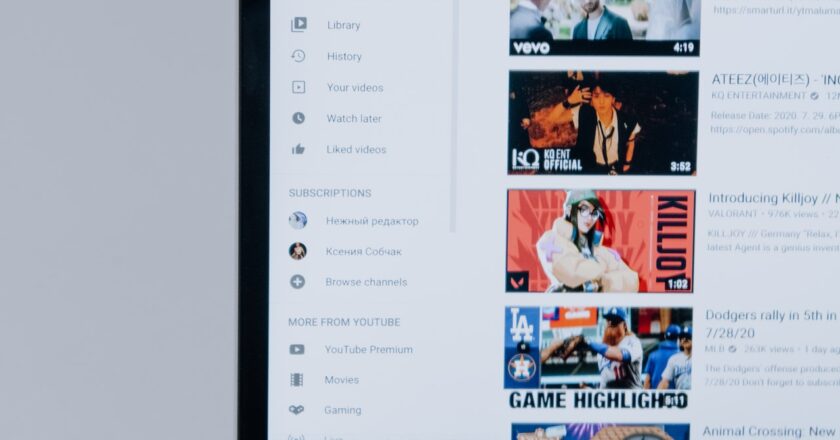If you are looking for a way to create awareness for your brand, social media is a great way to do it. No doubt that brand awareness is crucial for the growth of your business. All you have to do is to find ways to build your brand on social media.
Despite millions of people using social media to research and talk about brands, capturing the attention of your target audience can be a bit challenging, especially for startup companies.
For instance, if you are a plumber, what social media strategies can you use to build brand awareness? How can you become a familiar face within your audience’s feeds rather than someone they just scroll past?
In this post, we have rounded up a few techniques that will help businesses boost their brand awareness. From choosing the best channel to measuring your social media campaign performance, these tips can help kickstart your game.
- Choose the Right Social Media Platform
It is almost impossible to keep up with all of the social media platforms to promote your brand. When it comes to effective social media marketing, the goal is to find your potential customers and focus on which platforms they spend the most time. Limit your efforts to 1 to 3 social media sites to ensure you can effectively manage your profiles and build a strong relationship with your followers.
- Create Engaging Content
Creating trust and authority with your social media audience is key to brand awareness. When you create fresh, valuable, and informative content, people will see your brand in a positive light. Focus on subjects that are relevant and engaging to your specific niche. Add compelling images to engage your potential clients.
- Post Regularly
An irregular posting schedule can have an unpleasant impact on your social media branding effort. No matter how large your community of followers, your absence and lack of posts can make them forget about your brand.
Use scheduling tools if you do not have time to post consistently on your social media profiles. Tools, such as Sprout Social and CoScheduler, can help you schedule your posts at peak times to ensure the best chances of gaining visibility and momentum when your followers are most active.
- Give Your Brand a Persona
The personality of your brand is a critical part of a good social media strategy. To give your brand a persona, create and visualize a unique brand voice that resonates well with your target audience.
However, if you have a diverse audience, be sure that your brand voice should be flexible enough to speak to them. You might also want to target various audiences using different social medial platforms.
- Collaborate with Relevant Influencers in Your Niche
With a huge following on social media, there is no denying that digital influencers have the power to help you build your brand. Their ability to persuade their follower’s decision-making is one of the reasons why you should employ their services to help amplify your brand awareness on social media. Do not just choose any popular influencers—work with someone who is relevant in your industry or niche. Not only do they promote your brand to your ideal audience but also drive traffic to your social media accounts.
- Maintain Relationship With Customers
Enhancing brand awareness and increasing sales require building healthy customer relationships. Customer engagement enables you to create an opportunity to get to know your brand better and how they can benefit from your products and services. Others can learn more about your business and professionalism by reading customer reviews and your responses to their questions and concerns. How well you engage and respond to your followers can help you build and maintain trust with both your existing and new customers.
- Measure Your Progress
Like every effective digital marketing plan, it is important to monitor the performance of your brand awareness campaign. Keep track of the statistics of your social media engagement to check the efficiency of your posts, ads, and other content. Observe if the visibility of your post has an upward trend and continue to explore until you reach your goal.



























